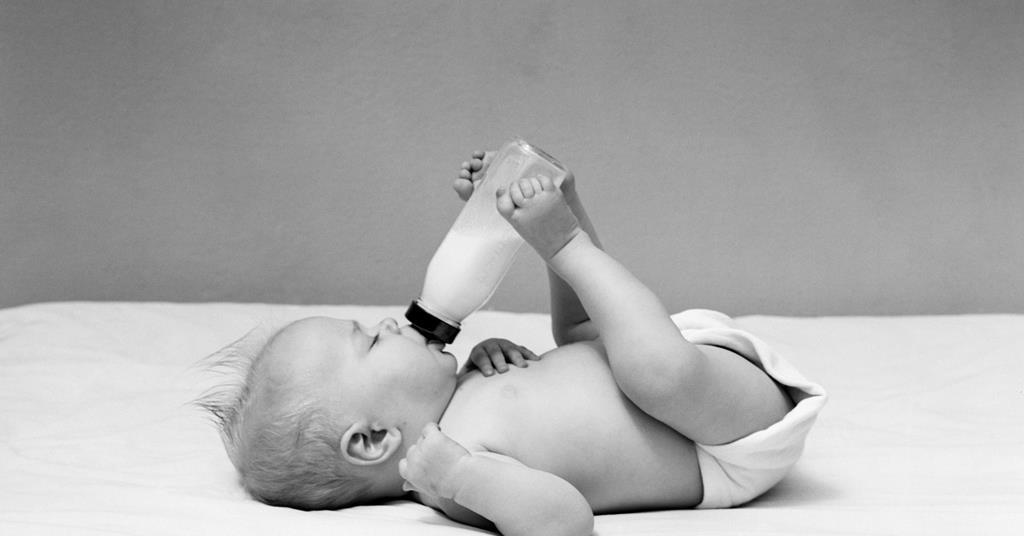Parenting used to be quite different from what it is now. There seems to be a radical change in delivery, discipline, and nutrition over the last few decades. Babies who were unable to access breastmilk for whatever reason were able to receive the nutrition they needed through the invention of baby formula. In the past, new mothers would be given homemade formula recipes from the hospital, which used ingredients many parents today would not approve of.
How Formula Evolved

A child’s survival to adulthood was not a given before the Industrial Revolution. Children were often lost in their first few years to illness and accidents of all kinds, which is why today there are so many strict guidelines surrounding the care of children.
The early formula was given to babies whose mothers died during childbirth when a wet nurse could not be found to help them survive — until they could eat solid food.
As early as the 1800s, babies were given formulas made with sugars, grains, and cow’s milk or newly invented canned evaporated milk. There was no scientific evidence to support the nutritional completeness of these early formulas, which were assumed to be perfect foods at the time.
Early formulas were, however, dangerous because baby bottles weren’t yet sterilized. It took until the early 20th century for germ theory to become widely accepted, which led to less danger in bottle-feeding.
In the late 1800s, women were less likely to breastfeed naturally because their milk supply was reduced due to working outside the home. As a result, doctors felt that milk production was becoming no longer evolutionary necessary and that perhaps education was hindering the development of girls.
Eventually, breastfeeding was regarded as a practice only for uneducated women, and by the mid-20th century, many healthcare professionals advocated formula as a natural alternative, especially after the long separations between mother and child while in the hospital.
What Is Modern Baby Formula?
As early as the 1930s and 1940s, nutrient-enriched powdered formulas were available, which were safe if handled carefully with sterilized equipment and water. At the time, many hospitals and doctors published information about how to make baby formula at home — and these recipes included things we wouldn’t give newborns today.
Most families today would never give their infants evaporated milk or Karo syrup, no matter what kind of feeding method they choose. Yet mothers are often sent home with these kinds of recipes every day. See the 1960 recipe below.
It is recommended to mix 13 ounces of evaporated milk, 20 ounces of water, and 2 level teaspoons of Karo syrup and divide into 6 bottles before heating. According to the “special instructions”, the baby should also drink two glasses of water a day, should drink two ounces of tea a day, should receive vitamins starting at 10 days old and should be given orange juice diluted with water after just three weeks! In 1952 and 1945, recipes with similar instructions were given out.
Until a child is 6 months old (or older), most babies have a difficult time digesting solid foods, sugars, and other substances. Even when children are quite young, most modern parents wouldn’t allow them to drink tea. However, in the past, baby food made from meat was given to babies as young as one-month-old and young babies would be offered salted, condensed soups. Back then, thoughts were very different than they are today.

